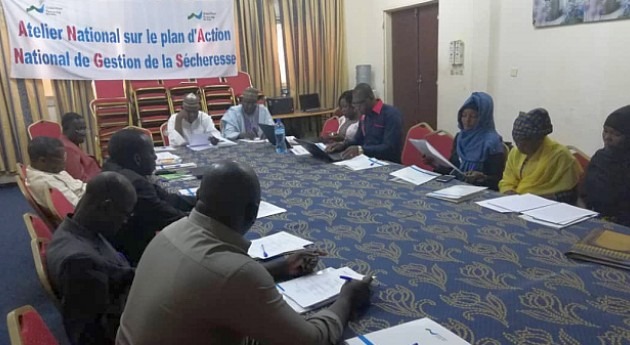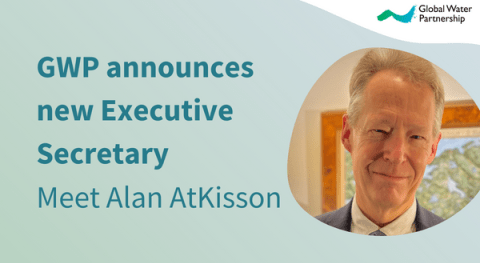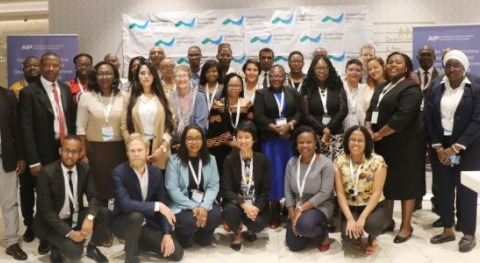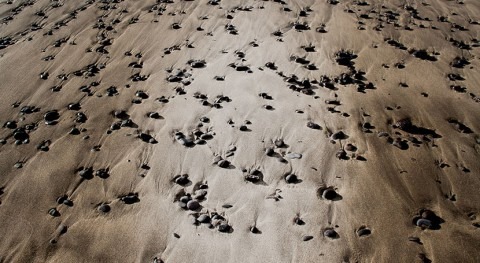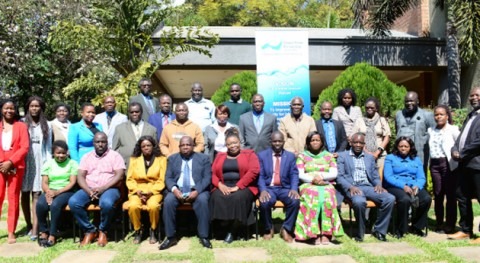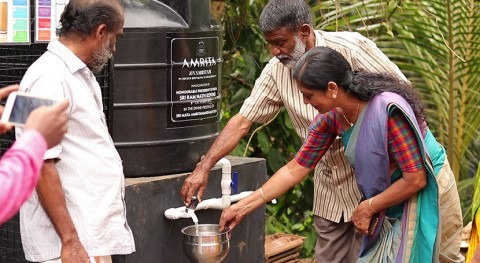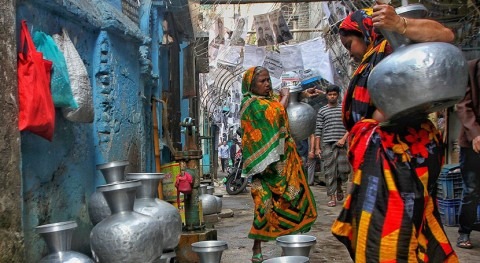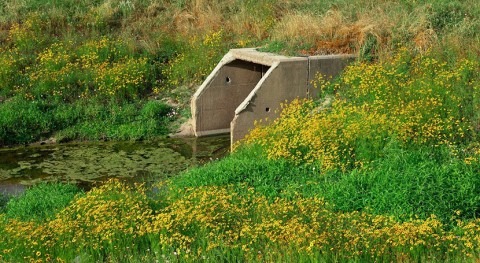The UNCCD Secretariat, the World Meteorological Organization (WMO), the Food and Agriculture Organization of the United Nations (FAO) and the Global Water Partnership (GWP) subsequently agreed on a framework for collaboration to support this UNCCD initiative on drought management. This includes technical and programmatic support, drawing on the knowledge and expertise developed through the WMO and GWP Integrated Drought Management Programme (IDMP), in collaboration with 34 partner institutions and their regional programmes including the Integrated Drought Management Project in West Africa (IDMP-WA).
GWP-WA, in collaboration with Country Water Partnerships (CWP), national desertification focal points and consultants in charge of the study, has organized the three technical consultation meetings on the draft national drought plans.
Each plan is specifying the process for dealing with drought and drought-related activities, such as early warning and forecasting, definition of trigger reporting levels, impact analyses, response recommendations and mitigation measures. It also proposes a national government structure to coordinate information, identifies ways to prepare for drought, identify the different areas affected by drought, identifies drought-related risks, and communicates the extent and magnitude of these drought conditions. In the event of a drought emergency, the plan identifies ways to mitigate the effects of droughts.
The meetings took place on 12 December in Burkina Faso, in Benin on 18 December and in Niger on 30 December, with the following outcomes.
- In Burkina Faso, the participants suggested to the national consultant to take into account the drought aspects related to water management. The Head of the Rural Development Department of the Prime Minister should be proposed as the anchor of the plan.
- In Benin, thirty-two (32) people representing scientific, technical structures or cooperation institutions active in sectors and fields related to the fight against land degradation and drought attended. The meeting suggested that the final document should pay attention to the mapping of drought risk areas, the institutional framework and the financing mechanism for the proposed actions. A core group of experts was set up to support the national consultant until the finalization of drought plan.
- In Niger, 24 participants composed of members of the Platform for Integrated Drought Management in Niger (PGIS-Niger), representatives of the Permanent Secretariat of the National Action Plan for Integrated Water Resources Management (SP-PANGIRE), technical departments of ministries and regional institutions in charge of issues related to combating drought and land degradation, attended. The consultant was asked to clearly define a monitoring, evaluation and financing mechanism for the National drought plan.
These technical meetings allowed participants to familiarize themselves with the content of the national drought plans. They have further clarified the role and importance of actors in managing drought effects from planning to implementation and monitoring.
It is essential that support to countries be continued to have quality documents that take into account, among other things, the strategy for financing and implementing the plans, links with the priorities of the three (3) countries concerned and existing projects and programmes at the national and regional levels.



